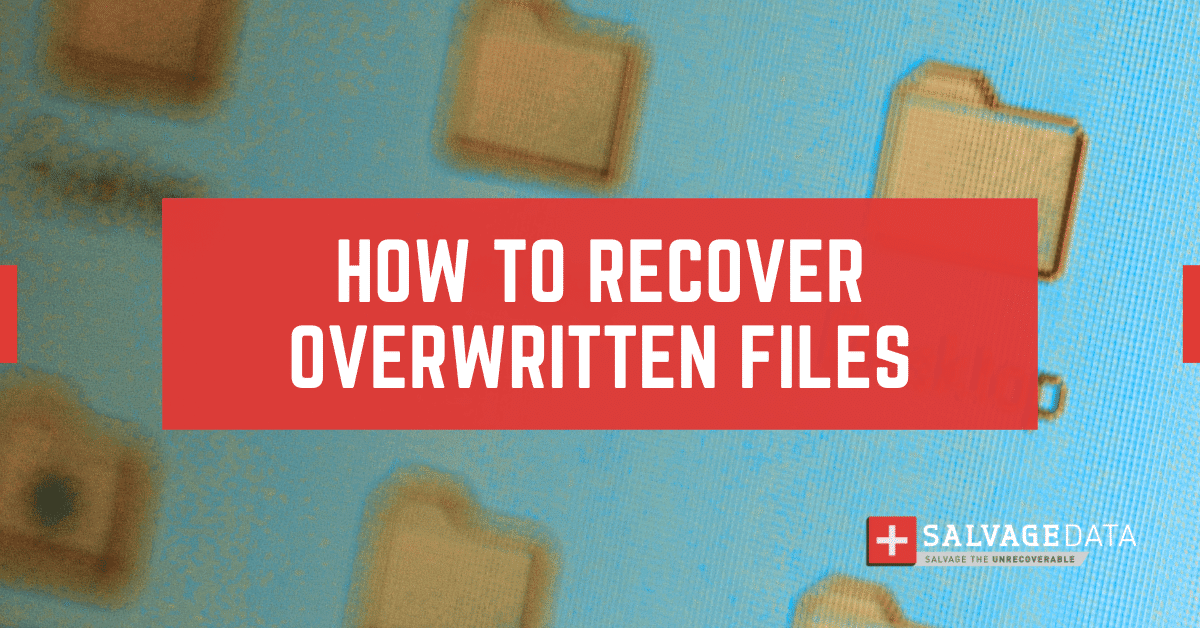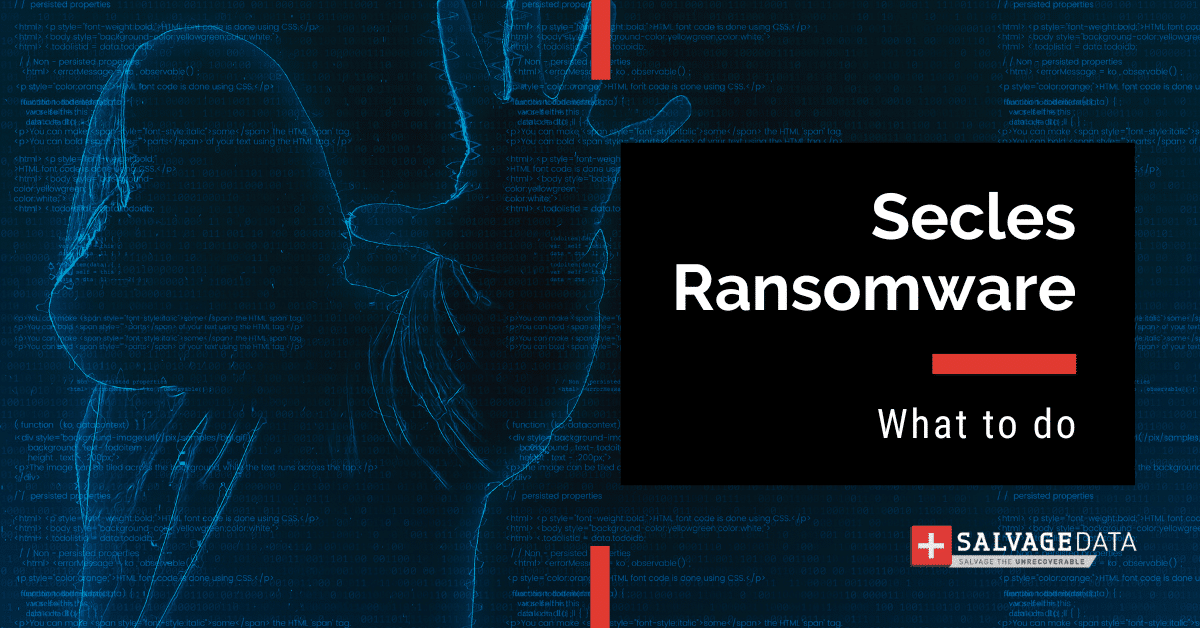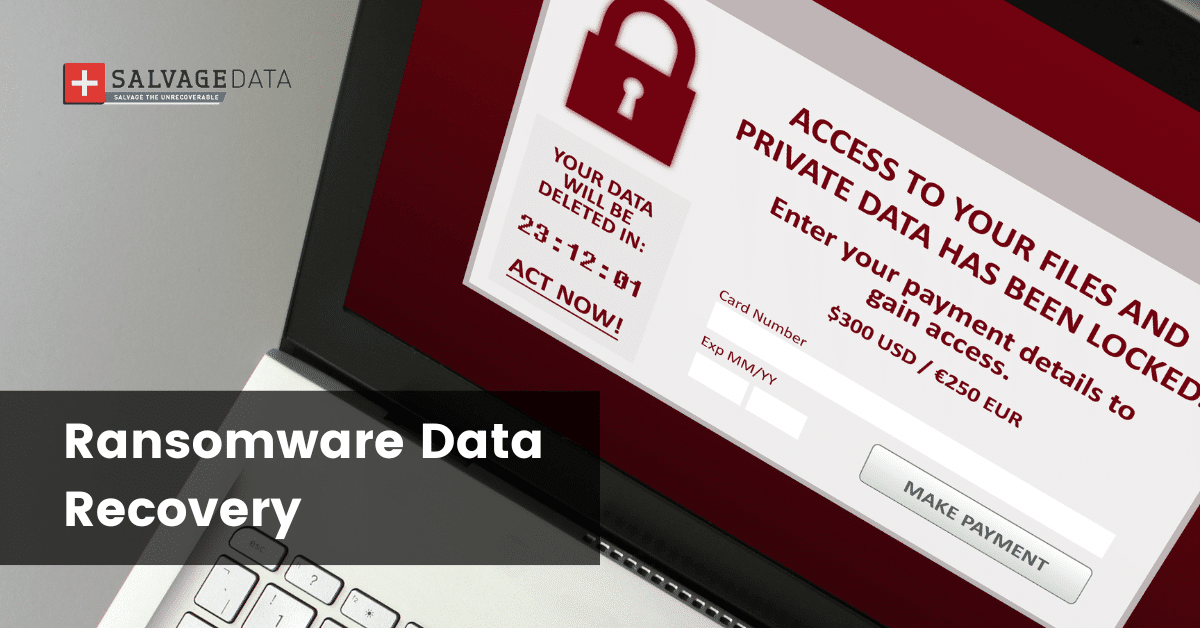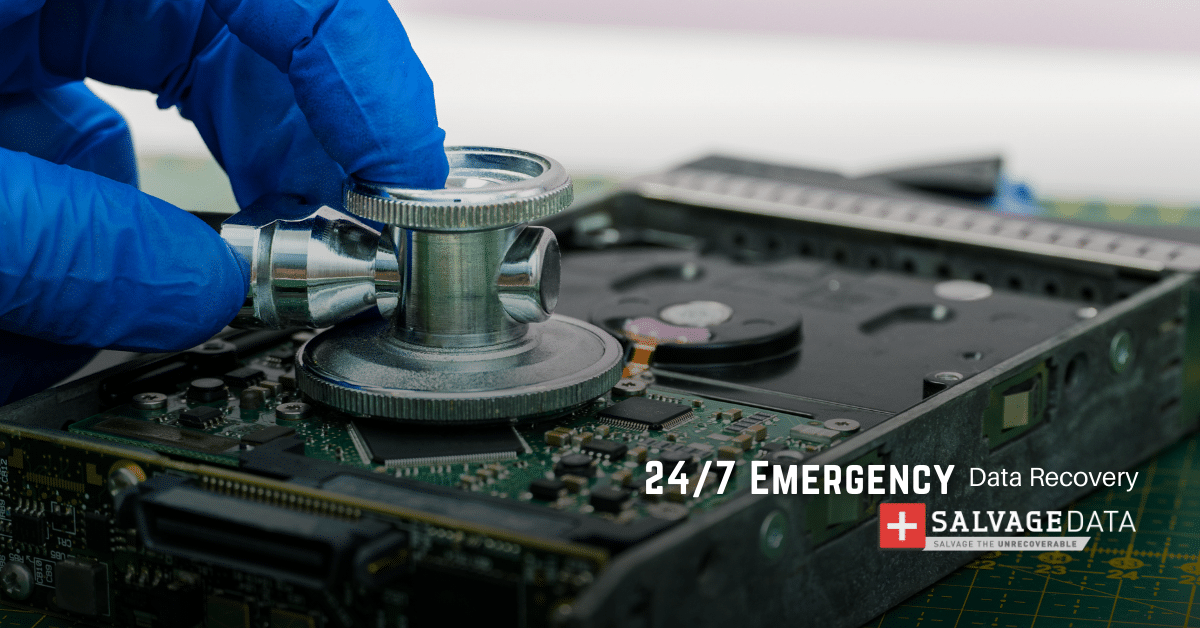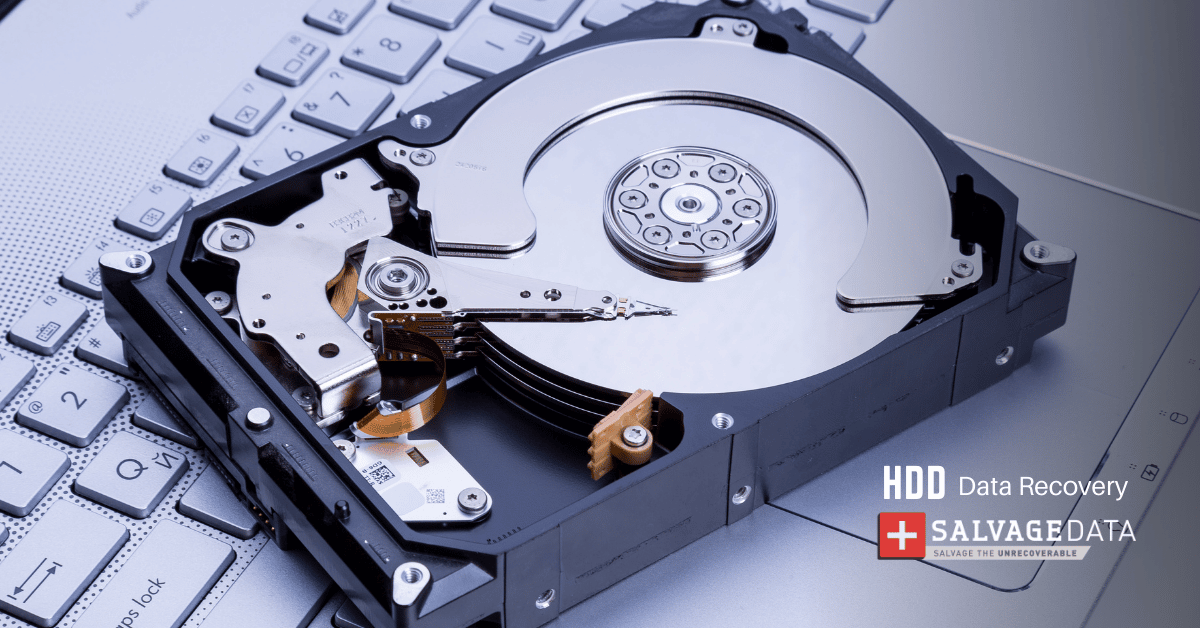Recent Articles
How To Recover Overwritten Files
The Snowflake Data Breach: A Comprehensive Overview
Mac Not Recognizing External Hard Drive: Quick Fix Solutions
How Multi-Cloud Backup Solutions Can Prevent Data Disasters
Capibara Ransomware: What is it & How to Remove
What Should a Company Do After a Data Breach: The Ticketmaster Incident
Secles Ransomware: Removal Guide
What To Do When Your Chromebook Freezes
How to Create Hyper-V Backup
What Is The Best Data Recovery Software For PC

I think there's an issue with my storage device, but I'm not sure Start a free evaluation →
I need help getting my data back right now Call now (800) 972-3282
The Satan Ransomware attack has left you feeling frustrated, helpless, and overwhelmed. But don’t despair. There are a lot of resources and people that can help you. Just remember to stay calm and take things one step at a time.
Satan Ransomware is a dangerous piece of malware that can seriously harm your computer. It encrypts all of the files on your hard drive, making them inaccessible. To access your files again, you must pay a ransom to the attackers. Satan is very difficult to remove and can be very difficult to recover from.
So, if you have been infected with this ransomware, it is important to take immediate action to remove it and protect your data. In this article, we will show you how to remove Satan Ransomware from your computer and help you recover your files.
But first, it is important to understand how Satan works.
It encrypts your files using a strong encryption algorithm. Once your files are encrypted, the ransomware will display a message demanding a ransom to decrypt your files. The attackers usually demand payment in Bitcoin or another cryptocurrency. If you have been infected with Satan, it is important to understand that paying the ransom does not guarantee that your files will be decrypted. There have been many cases where victims have paid the ransom but still have not been able to recover their files.
Protection against Satan and other ransomware starts with prevention.
The best way to prevent Satan or any other ransomware from infecting your computer is to have a good anti-virus program installed. This will detect and remove Satan before it can encrypt your files. It is also important to be careful about the emails you open and the attachments you download. Satan and other ransomware are often spread through email attachments. If you receive an email from someone you don’t know, or if the email seems suspicious, do not open it or download any attachments.
Backup your data regularly. This is the most important thing you can do to protect yourself from ransomware. If you have a backup of your data, you will be able to recover your files even if Satan encrypts them. There are many different ways to backup your data, such as using an external hard drive, cloud storage, or a backup service.
History
Satan is the relatively new ransomware. It was first discovered in May 2017. It was created by Satan, a Russian cybercriminal group. This group is also responsible for creating the Locky Ransomware. Satan uses the same type of encryption as Locky, which makes it very difficult to decrypt files that have been encrypted by Satan.
How do you know if you have ransomware?
There are several ways to tell if Satan or any other ransomware has infected your computer.
One way is to look for a ransom note. Satan will leave a ransom note on your computer after it encrypts your files. The ransom note will usually be in the form of a text file, and it will contain instructions on how to pay the ransom. Another way to tell if it has infected your computer is to look for changes in your file extensions. This ransomware will append .Satan extension to the end of all of your encrypted files. Also, your computer may run slower than usual and you may see strange popup messages.
Ransom demand
The Satan Ransomware ransom demand varies, but it is usually around 1-2 Bitcoins. The attackers may also demand payment in another cryptocurrency, such as Ethereum or Bitcoin Cash.
This ransomware gives you three days to pay the ransom. After three days, the price will double. If you do not pay the ransom within seven days, Satan will delete your private key, which means that your files will be permanently encrypted and you will not be able to decrypt them.
So, what can you do if you have been infected with Satan?
The best thing to do is to remove the ransomware from your computer and then try to restore your files from a backup. If you don’t have a backup, then use a file recovery tool that may be able to help you recover your files.
Public decryption tool
A public decryption tool is a program that is created by security researchers to decrypt files that have been encrypted by Satan Ransomware. These tools are free to use and can be very effective in recovering your files. However, these tools can be very difficult to use, also they are not always successful and may not work on all versions of Satan Ransomware.
Is there a public decryption tool for Satan Ransomware?
At the moment, there is no public decryption tool for this ransomware. However, security researchers are constantly working on developing new tools and a public decryption tool may be released in the future.
Private decryption service
A private decryption service is a paid service that can decrypt files that have been encrypted by Satan Ransomware. These services usually charge a few hundred dollars and they often have a success rate in recovering your files. However, these services can be very expensive and may not be affordable for everyone.
How to remove Satan Ransomware?
The first thing you need to do is to disconnect your computer from the internet. This will prevent Satan Ransomware from encrypting any more files and will also make it easier to remove.
Then you need to reboot your computer into Safe Mode with Networking. To do this, just restart your computer and then keep pressing the F8 key before Windows starts loading. This will bring up the Advanced Boot Options menu. Use the arrow keys to select Safe Mode with Networking and then press Enter.
In Safe Mode, you should download and run a malware removal tool to remove Satan from your computer. We recommend using Malwarebytes Anti-Malware. This tool can be downloaded for free from the Malwarebytes website. Once you have installed Malwarebytes Anti-Malware, just run a scan to remove the ransomware.
If Satan has encrypted your files, then you will need to use a file recovery tool to try to recover them. We recommend using Recuva. This tool can be downloaded for free from the Piriform website. Once you have installed Recuva, just run a scan to recover your files.
Finally, you should change all of your passwords and enable two-factor authentication on all of your accounts. This will help to protect your accounts in case Satan or another piece of malware tries to access them.
Should you pay the ransom?
Paying the ransom should only be considered as a last resort option and only if you don’t have any other way to recover your files. As we mentioned before, there is no guarantee that your files will be decrypted even if you pay the ransom. Also, by paying the ransom, you are supporting the attackers and their criminal activities.
Contact SalvageData
If all the methods above have failed, and if you do not want to pay the ransom, then you can contact a data recovery service.
SalvageData is a professional data recovery service. We have a team of experts that can help you not only recover your files but also remove Satan Ransomware from your computer.
We offer:
-A no recovery, no fee guarantee
-24/7 customer support
-A team of highly trained data recovery experts
To find out more about our services, please visit our website or contact us today. You can contact us via live chat or email. Or just give us a call at 1-800-972-3282.
We hope this article has helped you. If you have any questions or need any help, please don’t hesitate to contact us. We are always happy to help our customers.
Final thoughts
You should keep in mind that Satan is not the only ransomware threat out there. Many other ransomware threats have been created, and new ones are being created all the time. So it’s important to be vigilant and take steps to protect your computer and your data.

